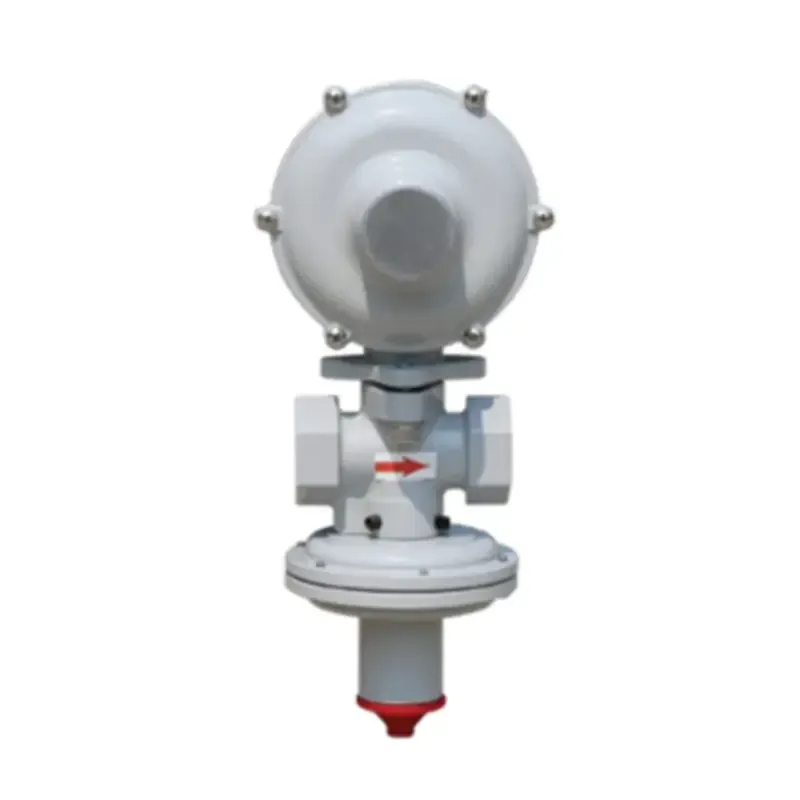
Dec . 14, 2024 16:15
Back to list
Understanding Gas Pressure Regulation with Reducing Valves for Optimal System Performance
Understanding Gas Pressure Reducing Valves
In various applications within industrial, commercial, and residential settings, managing gas pressure is critical for safe and efficient operation. Gas pressure reducing valves (PRVs) are essential components that ensure consistent outlet pressure and protect equipment from high pressure fluctuations. This article explores the functionality, types, and applications of gas pressure reducing valves, shedding light on their importance in gas systems.
Functionality of Gas Pressure Reducing Valves
A gas pressure reducing valve works by decreasing the high incoming pressure of gas to a predetermined lower pressure suitable for downstream equipment. The primary functional principle is based on the mechanical regulation of pressure. When gas enters the valve, it pushes against a diaphragm, which then regulates the opening of a control orifice. As the downstream pressure increases and approaches the setpoint, the diaphragm moves to close the outlet; if the pressure drops below the setpoint, the diaphragm opens to allow more gas to flow.
This feedback mechanism ensures that the outlet pressure remains steady despite variations in the upstream supply pressure or downstream demand. The ability to maintain consistent pressure is crucial in applications such as heating systems, gas-powered appliances, and industrial processes where equipment can be sensitive to pressure changes.
Types of Gas Pressure Reducing Valves
Gas pressure reducing valves can be categorized into several types, each designed for specific applications. The most common types include
1. Single-Stage Pressure Regulators These valves reduce pressure in one step. They are typically used in low-pressure applications where precision is not as critical.
2. Two-Stage Pressure Regulators These are used in more critical applications and allow for a two-step reduction in pressure. They first bring the pressure down to an intermediate level before regulating it to the final desired level. This type is suitable for high pressure or fluctuating conditions.
3. Spring-Loaded Pressure Regulators This type uses a spring mechanism to control the diaphragm's movement, allowing for a quick response to changes in pressure.
gas pressure reducing valve

4. Pilot-Operated Pressure Regulators These utilize a smaller pilot valve to control a larger main valve, providing more accurate regulation, especially in systems experiencing significant pressure variations.
Applications of Gas Pressure Reducing Valves
Gas pressure reducing valves find extensive applications in various fields
- Residential Heating In home heating systems, PRVs regulate the natural gas pressure supplied to furnaces and boilers, ensuring safe and efficient operation.
- Industrial Processes Many manufacturing processes depend on precise gas pressure control. PRVs are vital in maintaining the correct operating conditions in equipment such as burners, kilns, and reactors.
- Commercial Kitchens Restaurants use gas pressure reducing valves to control the pressure of gas supplied to cooking appliances, ensuring consistent performance and safety.
- Automotive Industry In compressed natural gas (CNG) vehicles, PRVs regulate the pressure of gas to the engine, playing a crucial role in performance and emissions control.
Conclusion
Gas pressure reducing valves are indispensable in ensuring safe and efficient gas usage across various applications. By maintaining a consistent outlet pressure, these valves protect equipment, enhance performance, and promote safety. As technology advances, the design and functionality of PRVs continue to evolve, meeting the needs of modern industries while maintaining safety standards. Understanding their operation and applications can help users choose the right types of valves for their specific needs, ultimately contributing to safer and more efficient gas management systems.
Next:
Latest news
-
Safety Valve Spring-Loaded Design Overpressure ProtectionNewsJul.25,2025
-
Precision Voltage Regulator AC5 Accuracy Grade PerformanceNewsJul.25,2025
-
Natural Gas Pressure Regulating Skid Industrial Pipeline ApplicationsNewsJul.25,2025
-
Natural Gas Filter Stainless Steel Mesh Element DesignNewsJul.25,2025
-
Gas Pressure Regulator Valve Direct-Acting Spring-Loaded DesignNewsJul.25,2025
-
Decompression Equipment Multi-Stage Heat Exchange System DesignNewsJul.25,2025

